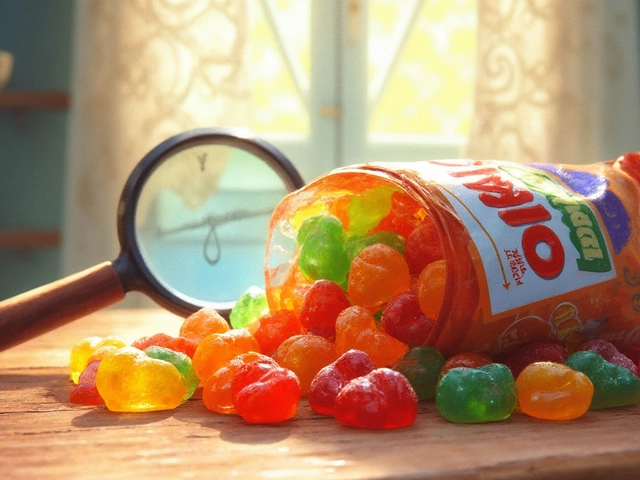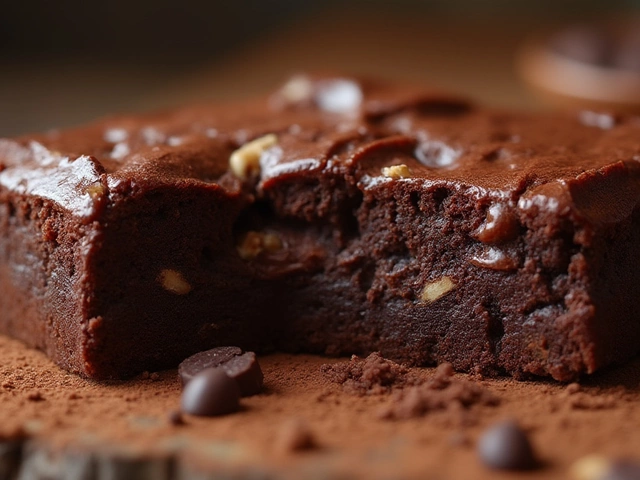Meringue Troubleshooting: Simple Fixes for Common Issues
Ever pulled a meringue out of the bowl and found it flat, grainy, or leaking water? It’s frustrating, but the cause is usually a tiny mistake you can correct. In this guide we break down the most frequent problems and give you clear steps to turn a sad batch into glossy, stiff peaks that hold their shape.
Why Your Meringue Falls Flat
Flat peaks happen when the egg whites aren’t clean or the bowl is greasy. Even a whisper of fat kills the foam. Before you start, wash the bowl with hot soapy water, rinse well, and dry with a clean towel. Use a metal or glass bowl – plastic holds residue. When you add sugar, do it gradually; dumping it all at once stops the whisk from incorporating air. Whisk on medium speed until soft peaks form, then increase to high and add the sugar spoon‑by‑spoon. The slow addition lets the sugar dissolve and the foam stay elastic.
How to Rescue a Grainy or Weeping Meringue
Grainy texture means the sugar didn’t dissolve fully. The secret is the right sugar type and patience. Fine caster sugar or powdered sugar melt faster. If you only have regular granulated sugar, keep whisking for a few extra minutes after the sugar is added; you’ll feel the mixture become silky. For weeping (liquid on the surface), the oven temperature is often too low or the meringue was over‑whipped. Bake at a low, steady heat (about 90‑120°C) and let the meringue cool in the turned‑off oven with the door ajar. This gradual cooling prevents condensation.
Another quick rescue is the “soft‑stage” trick. If your meringue looks grainy, place the bowl over a pot of simmering water, stirring gently for 30 seconds. The gentle heat helps dissolve the sugar without deflating the foam. Then whisk again on high for a minute; the mixture should smooth out and become glossy. This step works especially well for soufflés and pavlovas where a glossy finish matters.
Don’t overlook the role of acidity. A splash of lemon juice or a pinch of cream of tartar stabilizes the foam and reduces weeping. Add ¼ teaspoon of cream of tartar per 3 egg whites before you start whisking, or squeeze a few drops of lemon after soft peaks form. The acid tightens the protein network, giving the meringue more structure.
Finally, keep an eye on humidity. High humidity adds extra moisture to the air, which can cause a meringue to collapse or weep. If you’re baking on a damp day, increase the oven temperature by 10‑15°C and shorten the baking time slightly. Or bake the meringue on a dry day and store it in an airtight container once it’s cooled.
By cleaning your equipment, adding sugar slowly, using the right heat, and stabilizing with acid, you can solve most meringue mishaps. Try these fixes the next time your peaks don’t behave, and you’ll get that light, airy texture you’re after every single time.

How to Fix a Weeping Pavlova: Foolproof Tips for Perfect Meringues
Fixing a soggy, weeping pavlova doesn't have to be a disaster. Learn what causes weeping, stop it in its tracks, and save your dessert with these easy, practical baking fixes.
View More




